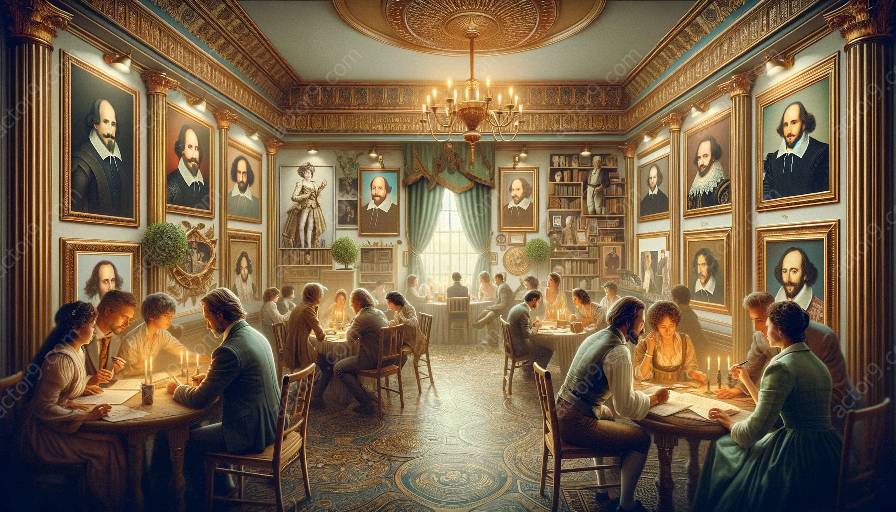Shakespearean actors are revered for their captivating performances, but few realize the significant role that courtly patronage played in shaping their careers. In this topic cluster, we will delve into how courtly patronage influenced the careers of famous Shakespearean actors and its impact on Shakespearean performance.
Famous Shakespearean Actors and Courtly Patronage
During Shakespeare's era, courtly patronage was a crucial factor in the success of renowned actors. Patrons, often members of the noble or royal court, provided financial support, social status, and venues for performances. Notable actors such as Richard Burbage and Edward Alleyn benefitted from the support of powerful patrons, allowing them to thrive in the competitive theatrical landscape.
Financial Support and Resources
Courtly patrons not only offered financial backing but also provided resources such as costumes, props, and rehearsal spaces. This enabled actors to deliver high-quality performances that captured the imagination of their audiences. The influence of courtly patronage on the financial stability of actors cannot be overstated, as it allowed them to focus on honing their craft without the burden of financial worries.
Social Status and Recognition
Securing the patronage of aristocratic or royal figures elevated the social status of actors, garnering them respect and recognition within both theatrical circles and broader society. This prestige not only boosted their confidence but also enhanced their prospects for securing prominent roles and engagements.
Impact on Shakespearean Performance
The influence of courtly patronage extended beyond the careers of individual actors and significantly shaped Shakespearean performance as a whole. The financial and social support provided by patrons enabled theaters to thrive and facilitated the production of innovative and grandiose performances.
Rise of Theatrical Innovations
With the backing of courtly patrons, theaters had the means to experiment with elaborate stage designs, special effects, and opulent costumes. This infusion of resources led to the development of new acting techniques and theatrical innovations that enhanced the overall experience of Shakespearean performances.
Cultural Legacy and Preservation
The support of courtly patrons contributed to the preservation of Shakespearean plays and the establishment of a cultural legacy that transcended generations. The financial stability provided by patrons allowed actors to dedicate themselves to the enduring performance of Shakespeare's works, ensuring that his plays remained a cornerstone of theatrical tradition.
Modern Implications
The impact of courtly patronage on the careers of famous Shakespearean actors continues to resonate in modern times. While the dynamics of patronage have evolved, the influence of influential supporters on the success and artistic development of actors remains an integral aspect of the theatrical landscape.
Contemporary Patronage and Support
Today, the concept of patronage persists in various forms, with individuals, organizations, and institutions providing support to talented actors and theatrical productions. The legacy of courtly patronage serves as a testament to the enduring influence of patrons on the careers of artists.
Artistic Independence and Collaboration
While modern actors may not rely on courtly patronage in the traditional sense, the importance of securing support and forming collaborative partnerships remains paramount. Building relationships with patrons and supporters can not only provide financial backing but also facilitate artistic independence and the realization of groundbreaking performances.
Conclusion
Courtly patronage played a pivotal role in shaping the careers of famous Shakespearean actors and influencing the landscape of Shakespearean performance. The support, resources, and recognition provided by patrons propelled actors to new heights and contributed to the enduring legacy of Shakespeare's works. Understanding the impact of courtly patronage provides invaluable insights into the historical and contemporary dynamics of theatrical patronage and its influence on the arts.

























